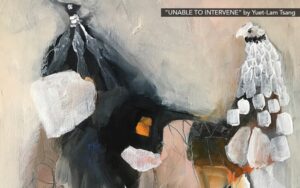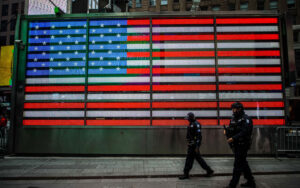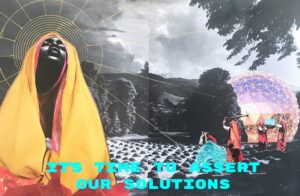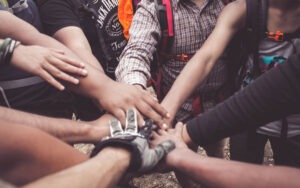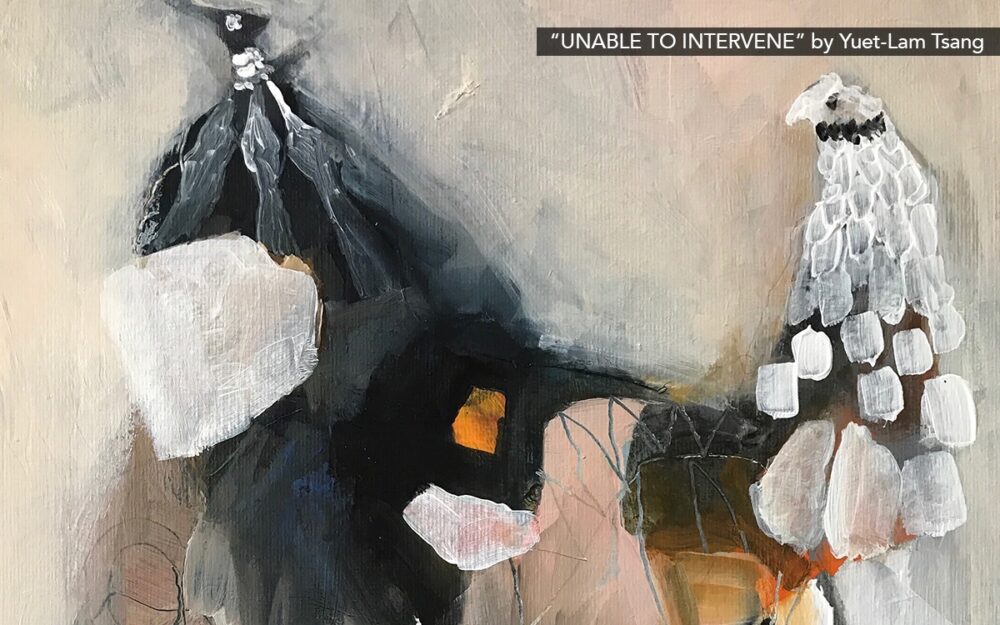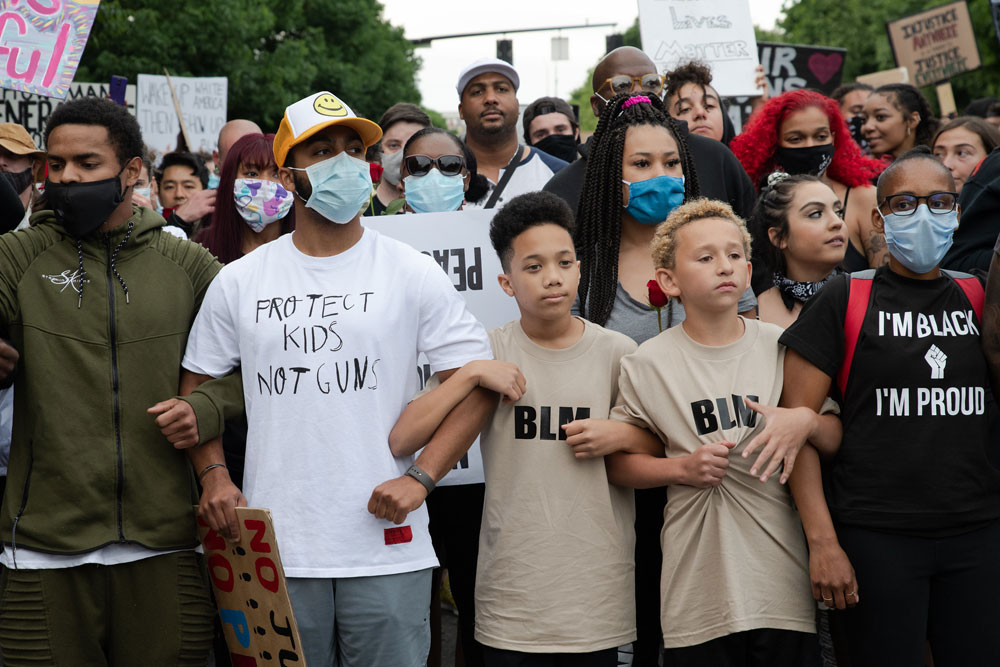
July 23, 2020; The Atlantic
“I don’t agree that there is systemic racism in police departments generally in this country,” Attorney General William Barr stated during a tense five-hour Congressional hearing last Tuesday. The hearing covered a wide range of issues, including Robert Mueller’s Russia inquiry, the commutation of presidential ally Roger Stone, tactics used on peaceful protesters in Lafayette Square, and critical attention on federal officers operating in Portland, Oregon.
Over 60 nights, Portland, Oregon, has become a center of an anti-authoritarian movement that began in reaction to the death of George Floyd but has largely transformed into a nightly act of resistance against the presence of unauthorized federal officers in a primarily white city with a problematic history of racism and white supremacy.
Portland gained national attention when tactical units from various federal agencies entered the city in early July, even though the size of nightly protests had been diminishing in size and energy. At least 114 federal law enforcement personnel entered the city, focused on quelling the protests under the guise of protecting the federal courthouse, which seemed to only reinvigorate tensions that had been waning. Officers came from units based out of the US Marshals, Customs and Border Patrol (CBP), as well as a group known as BORTAC that specializes in life-threatening operations focused on drug trafficking organizations along the US borders.
Governor Kate Brown called the presence of federal agents “an abuse of power,” sparking renewed energy against what many felt was an occupying force.
Crowd numbers increased in reaction to behaviors exhibited by federal officers, many of whom are untrained for riot de-escalation or mass demonstrations. Indiscriminate use of tear gas, pepper spray, clubbing with batons, and targeting of the press and street medics failed to dispel the nightly actions.
Footage of camouflaged personnel pulling protesters into unmarked vans gained immense ire, as President Donald Trump praised federal operations in the city as a success. These actions of federal agents pulling individuals off the street eerily echo repressive tactics used by past and present autocrats.
Acts of intense violence have been documented as well. Donavan La Bella, age 26, was shot in the head with a less-than-lethal round fracturing his skull. Navy Veteran Christopher David was beaten and peppered sprayed directly in the face, as was Vietnam Veteran Mike Hastie, for speaking to officers about straying from their oaths to the US Constitution. At least 12 protesters arrested by federal agents were barred from attending “protests, rallies, assemblies or public gatherings” while awaiting trial in a move legal experts call a blatant violation of their constitutional right to free assembly.
Experts like Anne Applebaum from the Atlantic fear that Trump is engaging in performative authoritarianism for the benefit of his election or to flex his autocratic-leaning tendencies. This occurs when the White House promotes chaotic images that aren’t representative of an entire city, uses military and police forces to enact “justified” violence, and encourages right-wing media outlets to call Portland a “warzone,” with support from the Attorney General himself.
By provoking escalation in primarily Democrat-led cities, Trump creates a violent exhibition that dehumanizes, divides, and stirs tensions across a country amid a pandemic which has cost over 150,000 lives in five months.
Sign up for our free newsletters
Subscribe to NPQ's newsletters to have our top stories delivered directly to your inbox.
By signing up, you agree to our privacy policy and terms of use, and to receive messages from NPQ and our partners.
Federal actions in Portland sparked protests from Los Angeles to New York in solidarity with the city. This led to property damage, attacks on protesters, and even a life lost in Austin, Texas. In Manhattan, a young trans woman was publicly arrested into an unmarked van by plainclothes officers.
It was not until July 29th, over twenty days after federal officers entered the city, when Governor Kate Brown said there was an agreement whereby some units such as Customs and Border Patrol (CBP), and ICE (Immigrations and Custom Enforcement) would begin withdrawing from the city.
The pathway ahead remains unclear, with over 59 officers in Portland injured from fireworks, pellet guns, lasers directed at eyes, or thrown materials. There has also been a large number of injured protesters entering Portland’s emergency rooms with a nurse depicting some wounds as “jaws falling off.”
Reactions have been diverse and divided across the political and public spectrum. Many have applauded the rising involvement of a mostly white city in a historically white state participating in the Black Lives Matter movement, but the Pacific Northwest has a problematic history of racist policies. This history includes the 1844 “lash law,” a state legislature that once was led by members of the Ku Klux Klan, and the fact the Oregon state constitution retained a clause that excluded the Black community from residency well into the early 2000s.
“Really there are two Portlands that exist,” Walidah Imarisha, a Black history scholar and spoken word poet, observed. In Oregon, she expanded, “There’s white Portland and Portland of color… There’s massive racial disparities around wealth, health care, schools, and criminal legal systems that white Portlanders just don’t understand.”
Organizer Teal Lindseth appreciates the increase of white participation, saying, “They hurt us less when there are more people,” with demonstrator Damany Igwé mentioning, “I feel the most protected that I ever have in my city….White people can’t understand what we’ve been through completely, but they are trying to empathize. That’s a beginning.”
Yet, there have been critiques. For instance, Rev. E.D. Mondainé, president of the Portland branch of the NAACP, called some of the actions a “spectacle” and asked, “Are they really furthering the cause of justice, or is this another example of white co-optation?”
“When groups of White mothers form a human barrier as a statement of solidarity in a movement new to them, it’s revolutionary,” journalist Kelly Glass explains, highlighting the continual cycle of ignoring how social movements have benefited from women of color.
“We remain unprotected while being actively pushed to the outskirts of the work we’ve started but that no one is paying attention,” Glass adds.
“I feel like we’ve been gaslit. I feel like we have a new crisis that has completely overwhelmed the protests that were going on before, and now nobody’s talking about those. It started as Black Lives Matter, and I think we need to go back to that message, because I think it’s getting lost in all of this,” David, who had been beaten by federal officers, said afterward in an interview for Vice News.—Chris Cannito




